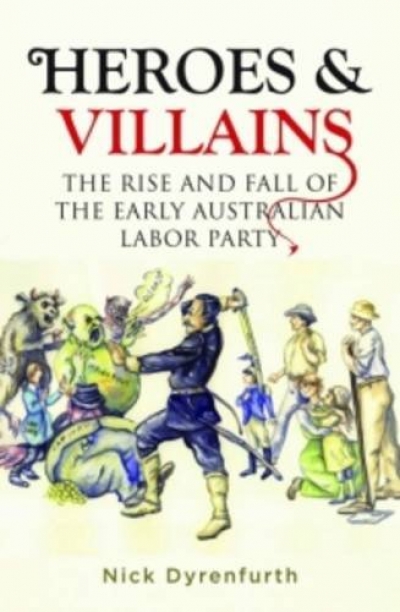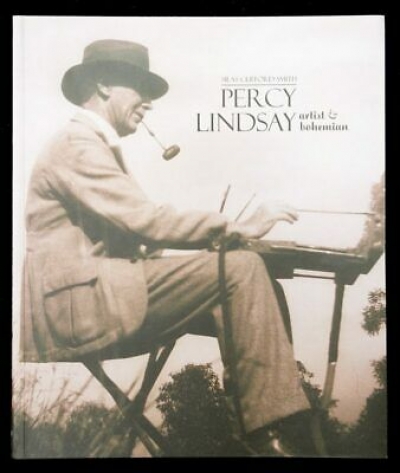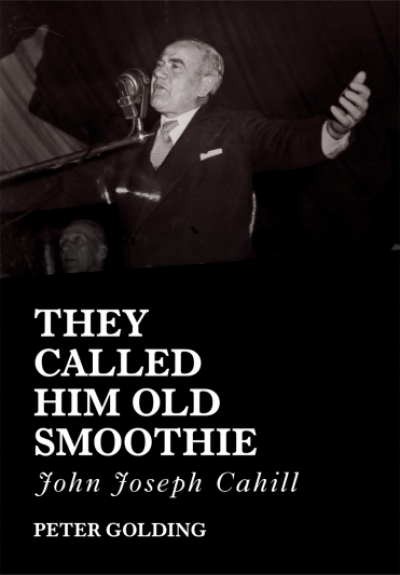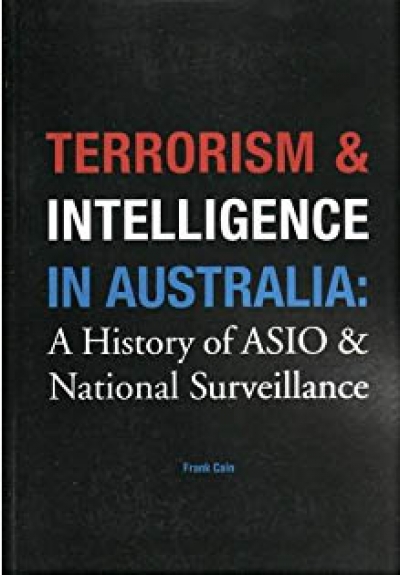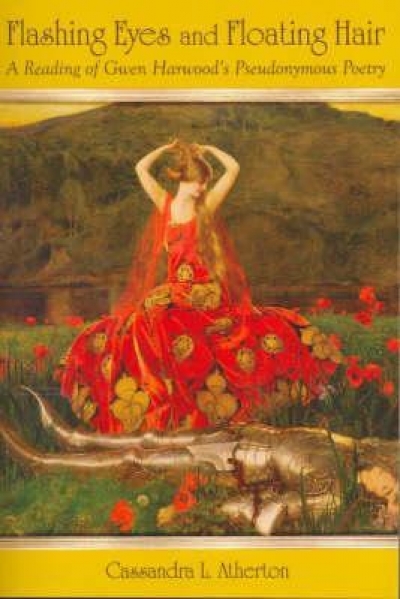Australian Scholarly Publishing
Heroes & Villains by Nick Dyrenfurth & A Little History of the Australian Labor Party by Nick Dyrenfurth and Frank Bongiorno
by Stuart Macintyre •
Book Life: The Life and Times of David Scott Mitchell by Eileen Chanin
by Paul Brunton •
They Called Him Old Smoothie: John Joseph Cahill by Peter Golding
by Lyndon Megarrity •
Terrorism and Intelligence in Australia: A history of ASIO and national surveillance by Frank Cain
by Andrew O'Neil •
Vincent Buckley edited by Chris Wallace-Crabbe & Journey Without Arrival by John McLaren
by Gregory Kratzmann •
Flashing Eyes and Floating Hair: A reading of Gwen Harwood’s pseudonymous poetry by Cassandra L. Atherton
by Jennifer Strauss •

